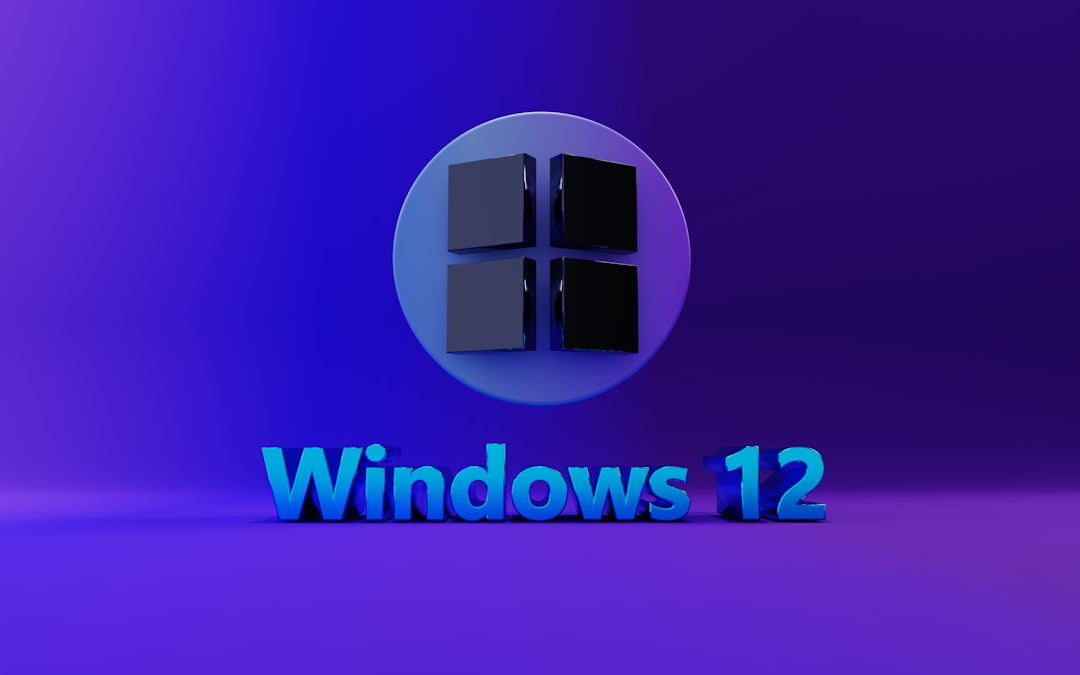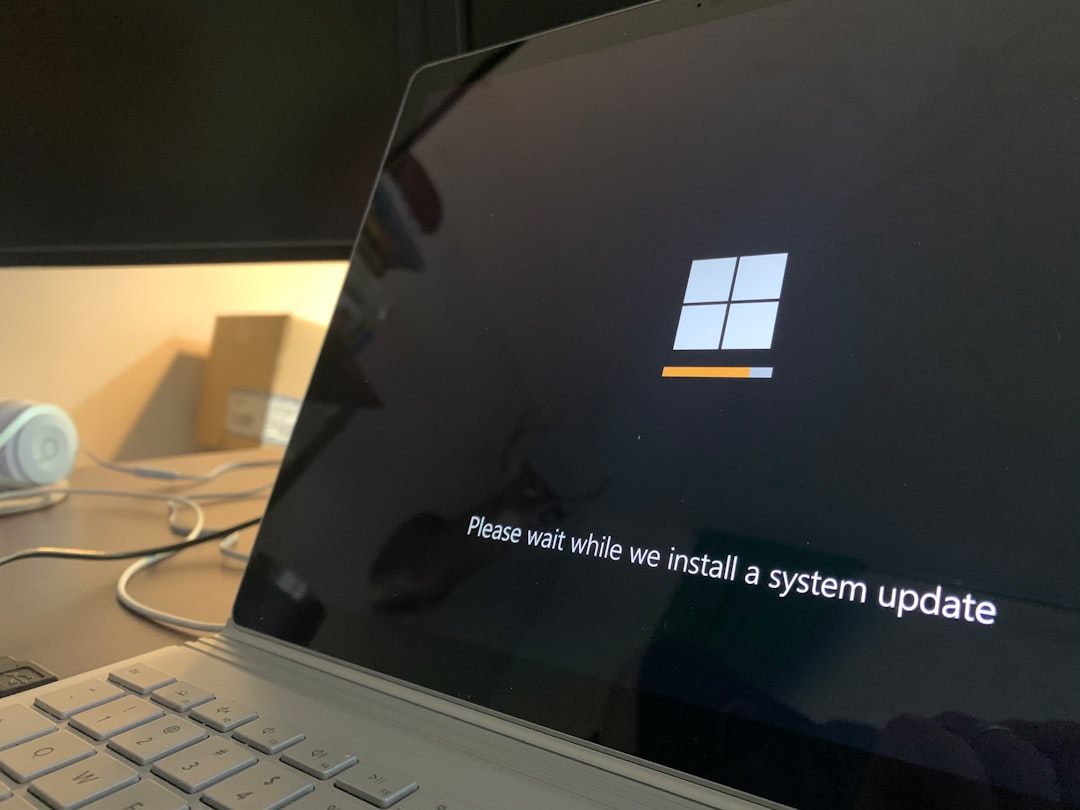In the realm of academic integrity and digital content creation, plagiarism detectors have become indispensable tools. While most people are familiar with how these tools match content across journals, websites, and articles, a common question arises: Can plagiarism detectors identify text copied from slideshows like PowerPoint presentations or Google Slides? This is an especially relevant concern in academic settings where students often use slide decks to gather information or cite data without proper attribution.
Let’s delve into how plagiarism detection systems work, the challenges they face with slideshow content, and how educators and content creators can manage this nuanced aspect of plagiarism.
Understanding How Plagiarism Detectors Work
Plagiarism detection tools such as Turnitin, Grammarly, and Copyscape operate by using complex algorithms to compare submitted content against a massive repository of sources including:
- Books and academic journals
- Online articles and blog posts
- Student paper archives
- Public web content
These tools use a combination of text-matching algorithms, machine learning, and natural language processing to detect identical or near-identical strings of text. However, their effectiveness depends on whether the source material is accessible in their database.
So, Where Do Slideshows Fit In?
Slideshows are often published in various styles and formats — ranging from PDFs to hosted files on platforms like SlideShare, Prezi, and Google Slides. The detection of copied content from these sources largely depends on two factors:
- Accessibility: Can the detector access the slideshow content?
- Indexing: Is the slideshow text indexed and stored in the tool’s repository?
Many educational slide decks are not published on the open web but are shared within private domains, making them difficult for plagiarism scanners to reach. Even when slides are publicly available, their content may not always be indexable by detection tools.

Challenges of Detecting Slideshow-Based Plagiarism
There are several hurdles that make identifying copied slideshow content more difficult than detecting text lifted from traditional text-based websites:
- Visual formatting: Slides rely heavily on visual elements. Plagiarism tools primarily analyze text, so non-textual elements (like charts and images) often go unchecked.
- Concise wording: Slide text is typically brief and fragmented, making it harder to match exact phrases.
- Image-based text: Some slide platforms render text as images, which detectors can’t read unless they use advanced OCR (Optical Character Recognition) technology.
These limitations mean that content copied from presentation slides may often fly under the radar, especially when paraphrased or restructured slightly.
How Detection Can Still Happen
Despite the challenges, there are cases where copying from slideshows is caught:
- Slides published on websites: If slides are embedded in blog posts, placed on academic portals, or uploaded to SlideShare, their content becomes crawlable.
- Text extraction tools: OCR capabilities in some software tools can convert image-based text to searchable text.
- Manual review: Educators often recognize when students use slide-based information word-for-word, especially if the source is one they commonly use in class.

Best Practices to Avoid Issues
For students and content creators alike, it’s essential to use ethical writing practices. Here are some tips to ensure you’re on the right side of academic honesty:
- Cite your sources: Whether it’s a book, website, or slideshow, always give credit.
- Paraphrase wisely: Don’t just switch out a few words — truly digest and rephrase the content in your own voice.
- Use your own analysis: Go beyond just repeating what’s in the slides. Add your reflections, interpretations, or counter-arguments.
The Future of Plagiarism Detection
As AI and machine learning evolve, plagiarism detectors are gradually becoming smarter and more inclusive of diverse content types. Some emerging tools are even equipped to analyze video lectures, speech transcripts, and yes, even slideshows with embedded text.
In the near future, it’s likely that plagiarism tools will become integrated with university software systems to index any slides used in course materials. This means that even using class slides without attribution could result in flagged content.
Final Thoughts
While current plagiarism detection tools may miss some instances of copied slideshow content, relying on that loophole is a risky strategy. Being original and ethical in your writing is not only the right thing to do — it’s also future-proof.
As technology continues to bridge the gaps in content detection, the safest and smartest move remains simple: create your own work and cite where it’s due.


